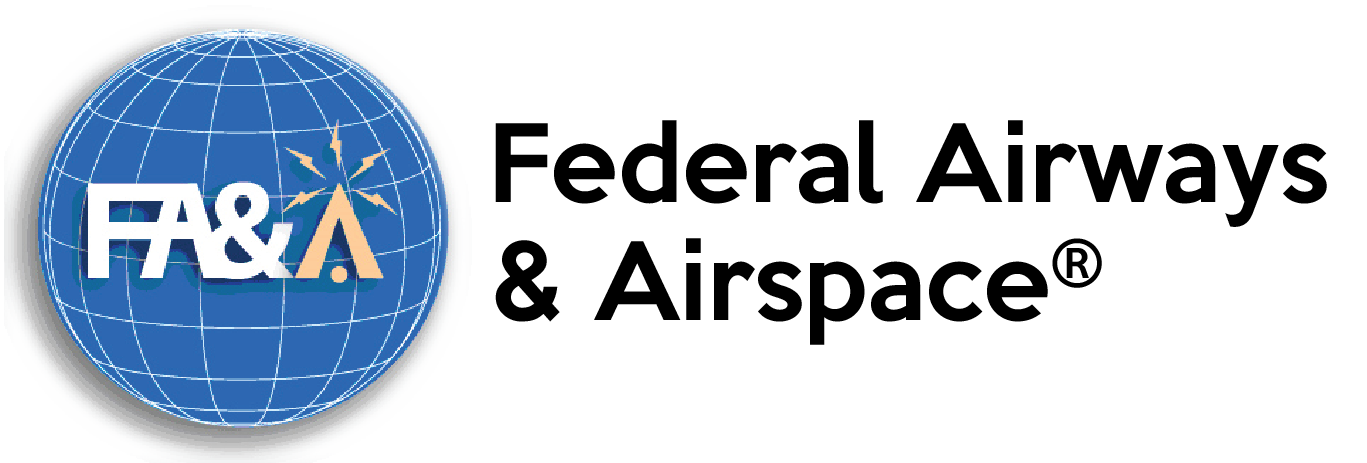
An Aeronautical Impact Statement (AIS) provides a baseline study establishing the relationship between the National Airspace System (NAS) and the proposed development.
What is the National Airpsace System (NAS)?
The National Airspace System (NAS) is a dynamic and intricate network of invisible aeronautical surfaces, navigational facilities and landing facilities and is subject to constant revision. Aeronautical datasets are updated regularly at 28 and 56 day intervals. At a minimum, all Aeronautical Impact Statements should be updated annually. The aeronautical environment is subject to change at any given time as the direct result of new data regarding existing structures and structures for which FAA Form 7460-2, Notice of Actual Construction or Alteration, have been filed. Alterations to the aeronautical environment cannot be anticipated.
What to Expect
An AIS is a robust and thorough investigation of all aeronautical and airport height restricting surfaces. It also evaluates a project’s potential to create electromagnetic interference to navigational equipment.
The completed work product will be a report containing the following:
- Title 14 CFR Part 77 Surfaces
– Notice Criteria Surfaces
– Obstruction Criteria Surfaces
– Approach Surface, Transitional Surface, Horizontal Surface, Conical Surface
– Visual Flight Rule (VFR) Transitional Surfaces - VFR Traffic Pattern Airspace (TPA)
– Horizontal Surface and Conical Surface
– VFR Circling Area for all applicable categories of aircraft
– VFR Climb Decent Area - Instrument Flight Rule (IFR) Horizontal and Conical Surface
- Instrument Procedure Areas
- Departure Procedures and Surfaces
- Helicopter Routes
- Minimum Vectoring Altitude (MVA)
- Low Altitude Airways
- EMI Assessment
– Radar Facilities (ASR, ARSR and NEXRAD)
– Assessment of potential NAVAID signal blockage and interference
– Radio Communication Link (RCL) Propagation Path - Military Operations Areas (MOA)
- Military Training Routes (MTR)
- Proposed Runways
- Private Landing Facilities
- Analysis Summary and Recommendations
- Supporting KML/KMZ files (if applicable)
Each private-use airport will be investigated for special/private instrument procedures that are protected by the FAA and would impose height restrictions upon the Subject Project.
